17 Best Asian Actresses Throughout Cinema History

Asian actresses have shaped cinema with unforgettable performances that transcend cultural boundaries. From Hollywood’s early days to today’s global film landscape, these talented women broke barriers and created iconic characters. Their contributions have not only enriched film history but continue to inspire new generations of performers and storytellers worldwide.
1. Anna May Wong
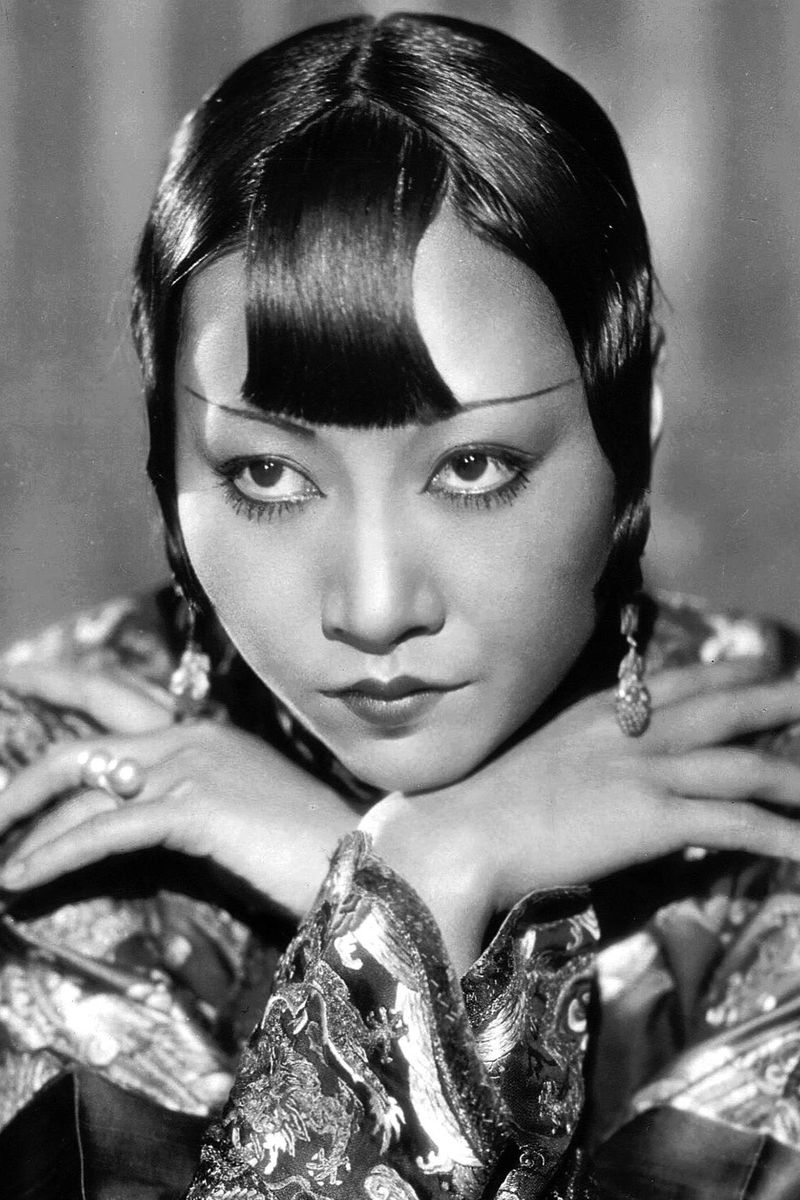
Hollywood’s first Chinese-American star blazed a trail during the silent film era when Asian representation was virtually non-existent. Born in Los Angeles in 1905, Wong fought against stereotypical roles while becoming an international fashion icon with her distinctive flapper style.
Despite facing severe discrimination, she starred in over 60 films across Hollywood, Germany, and the UK. Her 1922 role in ‘The Toll of the Sea’ made history as she became the first Asian American to lead a major Hollywood production.
Though often relegated to dragon lady or exotic temptress roles, Wong’s talent and determination paved the way for future generations of Asian actresses in Western cinema. Her legacy lives on as a pioneer who refused to be invisible.
2. Setsuko Hara
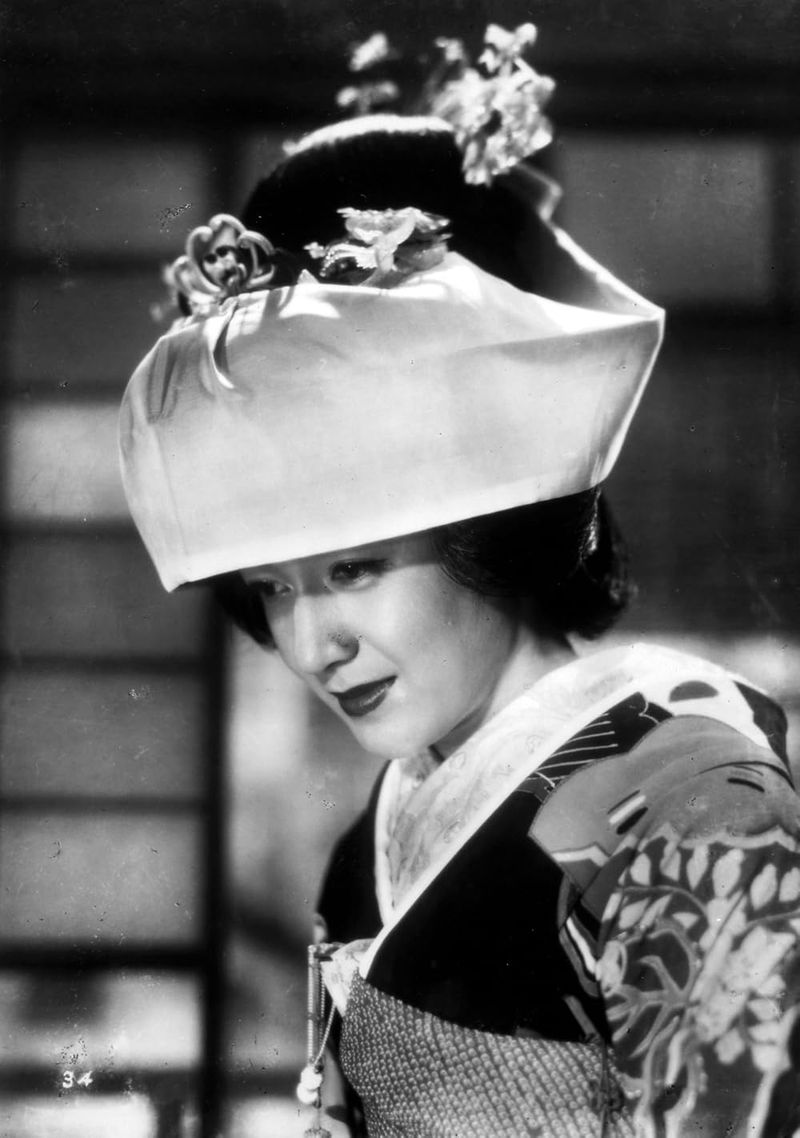
Known as the ‘Eternal Virgin’ in Japanese cinema, Setsuko Hara captivated audiences with her serene presence and emotional depth. Her collaborations with director Yasujirō Ozu created some of cinema’s most poignant portraits of postwar Japanese family life.
Hara’s most celebrated performance came in ‘Tokyo Story’ (1953), where her portrayal of a widowed daughter-in-law showcased her remarkable ability to convey complex emotions through subtle expressions. Unlike many stars of her era, she mysteriously retired at the height of her fame in 1963, refusing all public appearances for the remaining five decades of her life.
This reclusive choice only enhanced her mystique, transforming her from beloved actress to near-mythical figure in film history.
3. Machiko Kyō
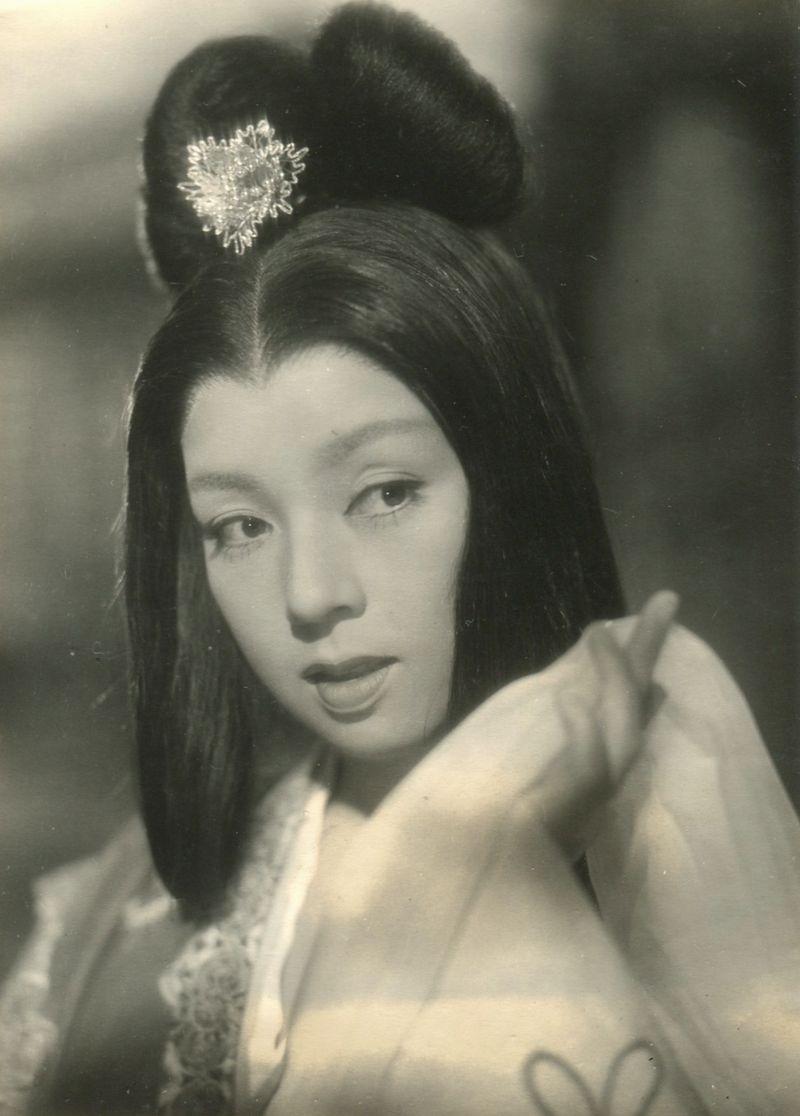
The haunting gaze of Machiko Kyō in ‘Rashomon’ (1950) introduced Western audiences to the power of Japanese cinema. Her fearless performance as a samurai’s wife who may or may not have been assaulted earned international acclaim and helped secure the film’s historic Venice Film Festival win.
Born in Osaka, Kyō began as a dancer before transitioning to acting. Her versatility shone through in vastly different roles – from the ghostly pottery seller in ‘Ugetsu’ to a rebellious geisha in ‘The Teahouse of the August Moon’ alongside Marlon Brando.
Unlike many actresses of her era, Kyō continued performing well into her senior years, appearing in films and television until her 80s. Her career spanning seven decades demonstrated remarkable longevity in a notoriously fickle industry.
4. Meena Kumari
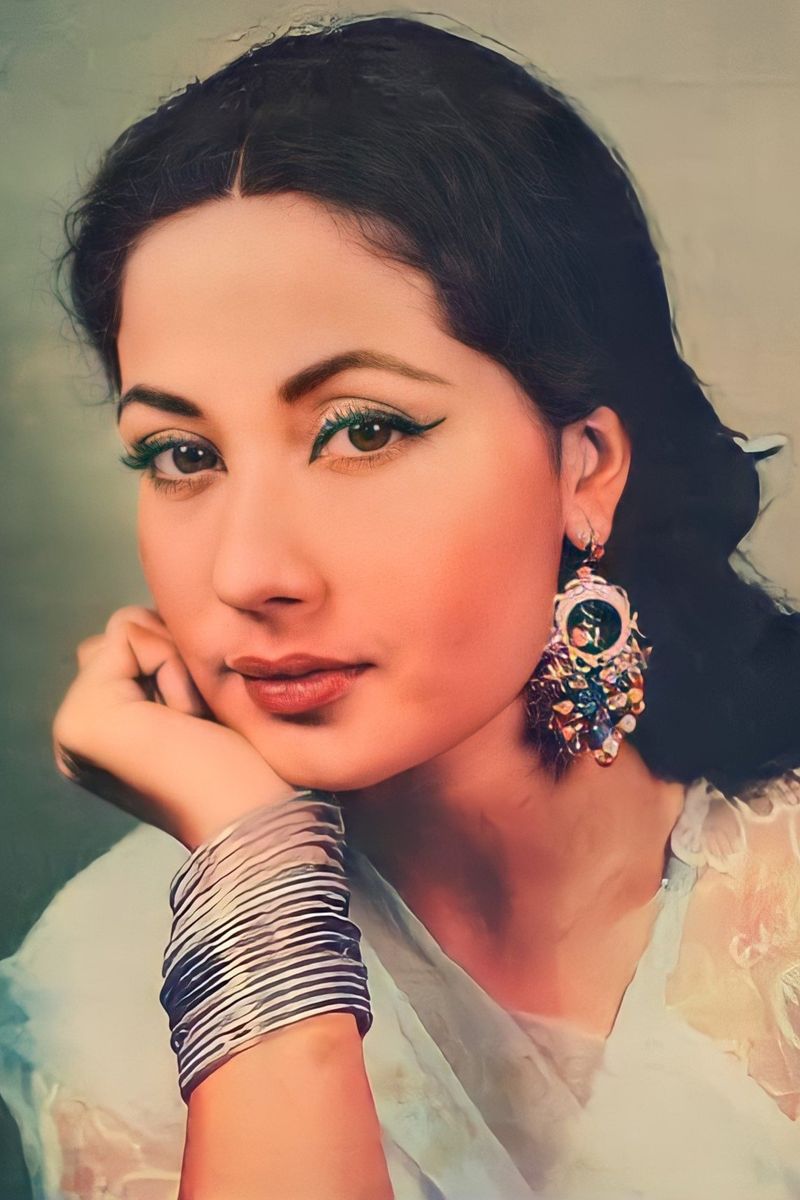
Crowned the ‘Tragedy Queen’ of Indian cinema, Meena Kumari brought unparalleled emotional depth to her performances. Her expressive eyes could convey volumes of suffering without uttering a single word. Born Mahjabeen Bano to impoverished parents, she began acting at age four to support her family.
Her defining role came in ‘Pakeezah,’ a film that took 14 years to complete. Kumari finished shooting while seriously ill, dying shortly after its release at just 39. The film became her cinematic testament – the story of a courtesan longing for respectability mirroring aspects of her own complicated life.
Beyond acting, she was an accomplished poet who wrote under the pen name ‘Naaz,’ leaving behind collections of Urdu poetry that revealed her melancholic soul. Her personal struggles with alcoholism and unhappy relationships eerily paralleled her on-screen personas.
5. Madhubala
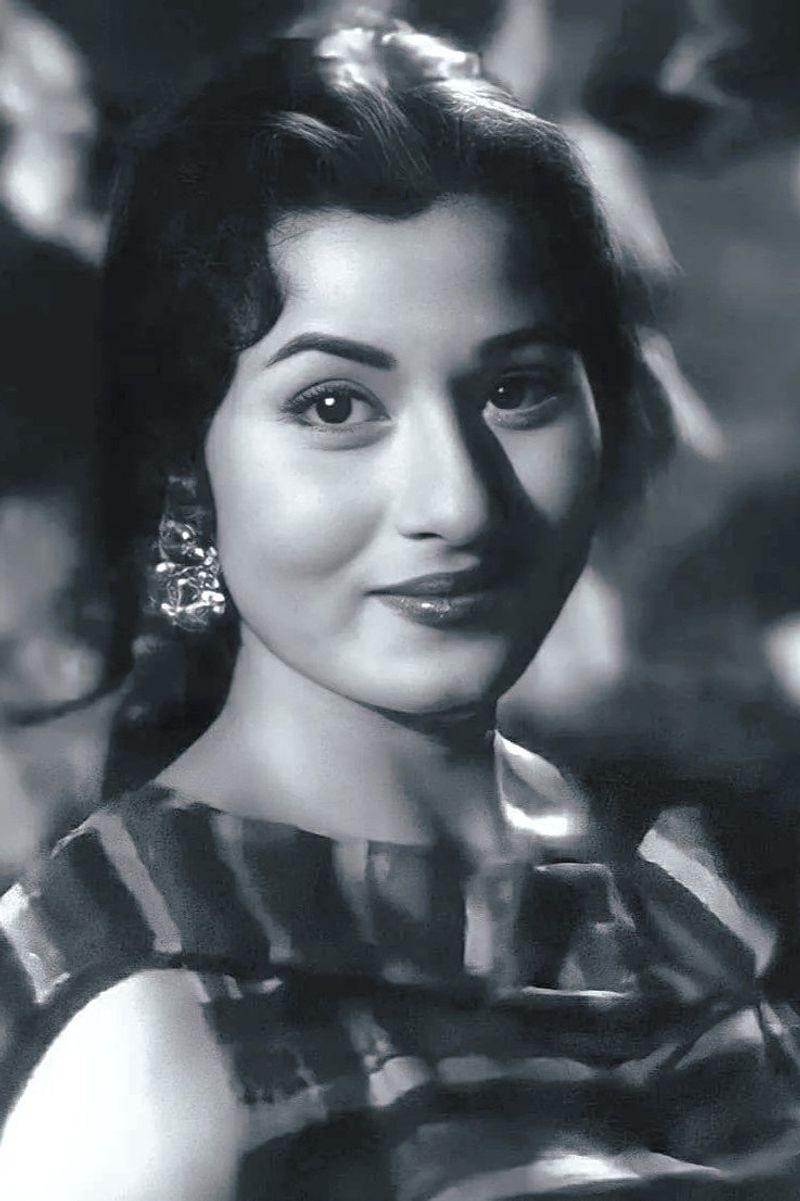
Radiant doesn’t begin to describe Madhubala, whose luminous beauty earned her comparisons to Marilyn Monroe. Behind that captivating smile lay extraordinary talent and tragic circumstance – a congenital heart defect that would claim her life at just 36.
Her performance in the epic ‘Mughal-e-Azam’ (1960) stands as her masterpiece. Playing the court dancer Anarkali who falls for a prince, she created cinema’s greatest forbidden romance. The famous feather scene, where a single feather caresses her face, showcases her ability to convey desire through the slightest expressions.
Few knew that during filming she was already seriously ill, often requiring oxygen between takes. This fragility somehow transferred to screen, giving her performances an otherworldly quality that continues to mesmerize audiences decades after her untimely death.
6. Gong Li
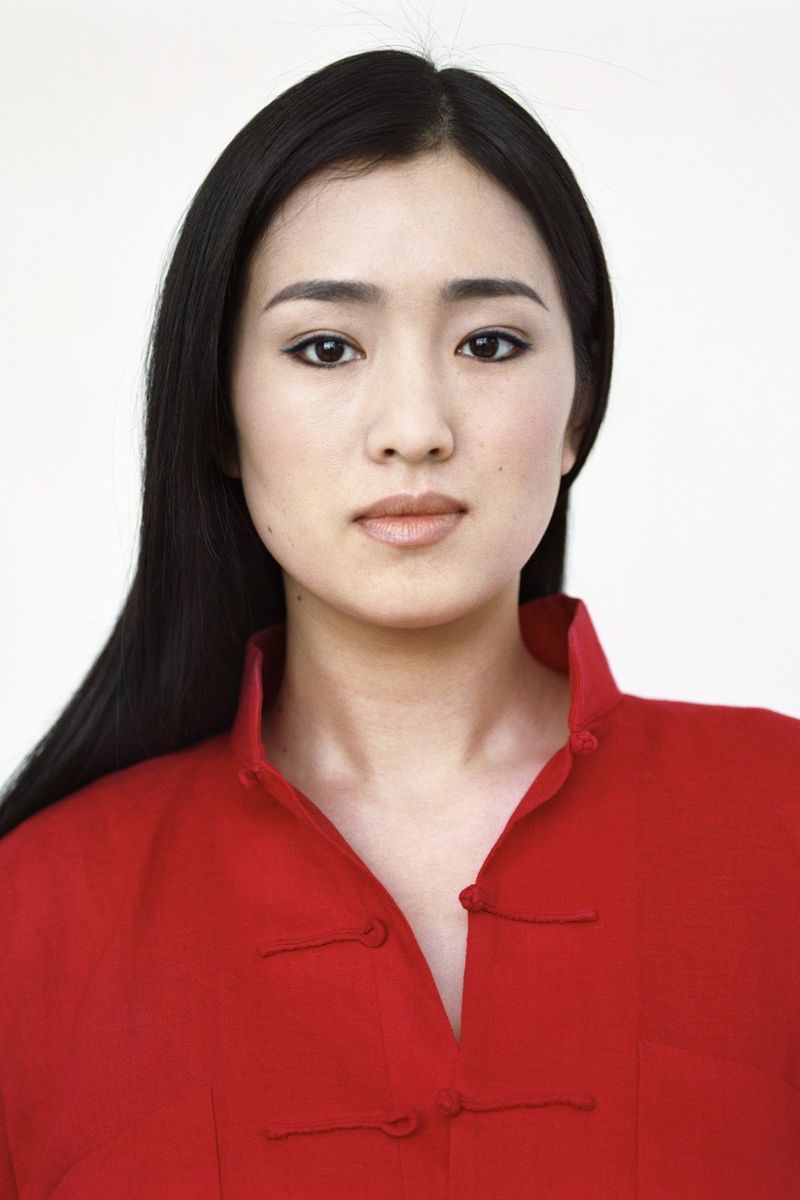
Few artistic partnerships have been as fruitful as that between Gong Li and director Zhang Yimou. Their collaborations produced some of Chinese cinema’s most visually stunning and politically daring works. Born in northeastern China, Gong was rejected by multiple drama schools before her breakthrough.
Her performance in ‘Raise the Red Lantern’ (1991) as a young concubine navigating a household of rivals showcased her remarkable ability to convey strength even in subjugation. When ‘Farewell My Concubine’ premiered at Cannes, her portrayal of a prostitute caught in a love triangle secured her international status.
Unlike many Chinese stars who remain politically neutral, Gong has occasionally courted controversy. Her decision to become a Singapore citizen sparked heated debate in China, showing she maintains the same independence off-screen as her most memorable characters.
7. Maggie Cheung
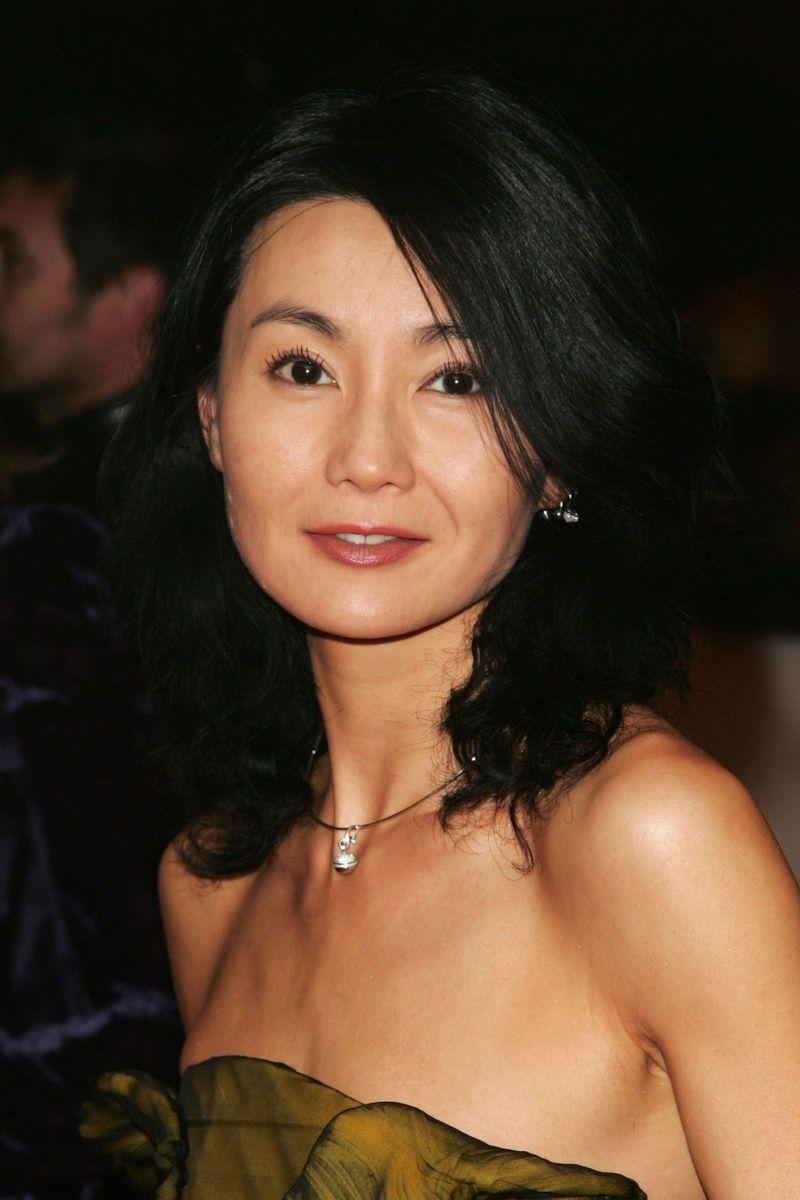
Transformation defines Maggie Cheung’s extraordinary career. Beginning as a beauty queen and appearing in Jackie Chan action comedies, few could have predicted her evolution into one of world cinema’s most sophisticated performers. Her willingness to deconstruct her glamorous image set her apart from contemporaries.
In Wong Kar-wai’s ‘In the Mood for Love,’ Cheung created cinema’s most elegantly restrained portrait of unrequited desire. Gliding through 1960s Hong Kong in 20 different cheongsam dresses, her character never consummates her attraction to a neighbor, yet every glance crackles with suppressed emotion.
Unusually for Asian actresses of her generation, Cheung successfully crossed into European art cinema, winning Best Actress at Cannes for playing herself in ‘Irma Vep.’ After 2004, she largely retreated from acting to pursue music and philanthropy, making her performances all the more precious.
8. Zhang Ziyi
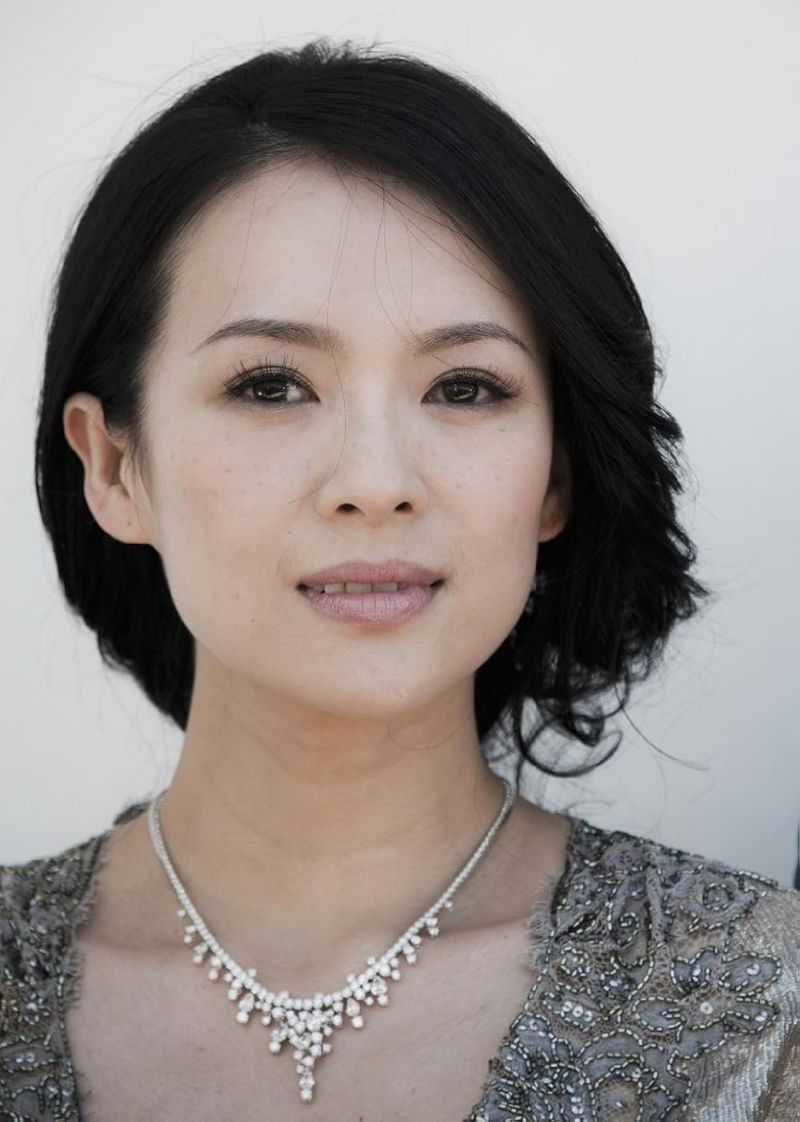
Trained as a dancer before becoming an actress, Zhang Ziyi brings balletic precision to her performances. Her international breakthrough came in Ang Lee’s ‘Crouching Tiger, Hidden Dragon,’ where her portrayal of a nobleman’s rebellious daughter showcased both martial arts prowess and emotional intensity.
Zhang’s willingness to take risks distinguishes her career. In ‘Memoirs of a Geisha,’ she faced criticism for playing a Japanese character despite being Chinese, yet her committed performance transcended controversy. Her work with Wong Kar-wai in ‘2046’ revealed new depths as she portrayed a woman slowly realizing her love will never be returned.
Beyond acting, Zhang has become a cultural ambassador, serving on prestigious film festival juries and championing Chinese cinema globally. Her journey from Beijing Dance Academy student to international star exemplifies how Asian actresses increasingly shape global entertainment.
9. Michelle Yeoh
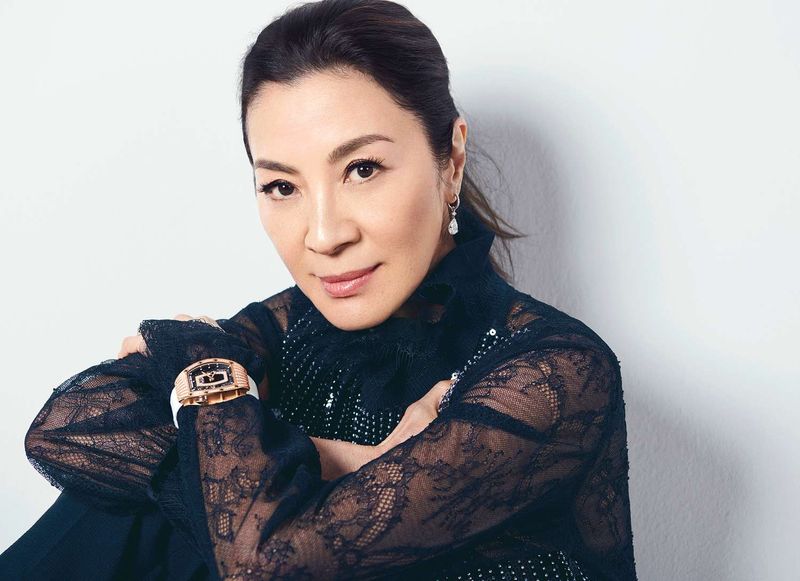
Before making Oscar history as the first Asian woman to win Best Actress, Michelle Yeoh had already built a legendary career spanning four decades. Beginning as a Hong Kong action star who performed her own dangerous stunts, she redefined what women could do in martial arts cinema.
Her international breakthrough came as a Bond girl in ‘Tomorrow Never Dies,’ but Yeoh transcended typical action roles. In ‘Crouching Tiger, Hidden Dragon,’ she combined physical prowess with emotional depth, creating a character whose stillness conveyed as much power as her sword fighting.
Yeoh’s career renaissance culminated with ‘Everything Everywhere All at Once,’ where she played an ordinary laundromat owner accessing parallel universe versions of herself. This role showcased her full range – from deadpan comedy to heart-wrenching drama – proving that at 60, Asian actresses can still redefine cinema.
10. Shabana Azmi
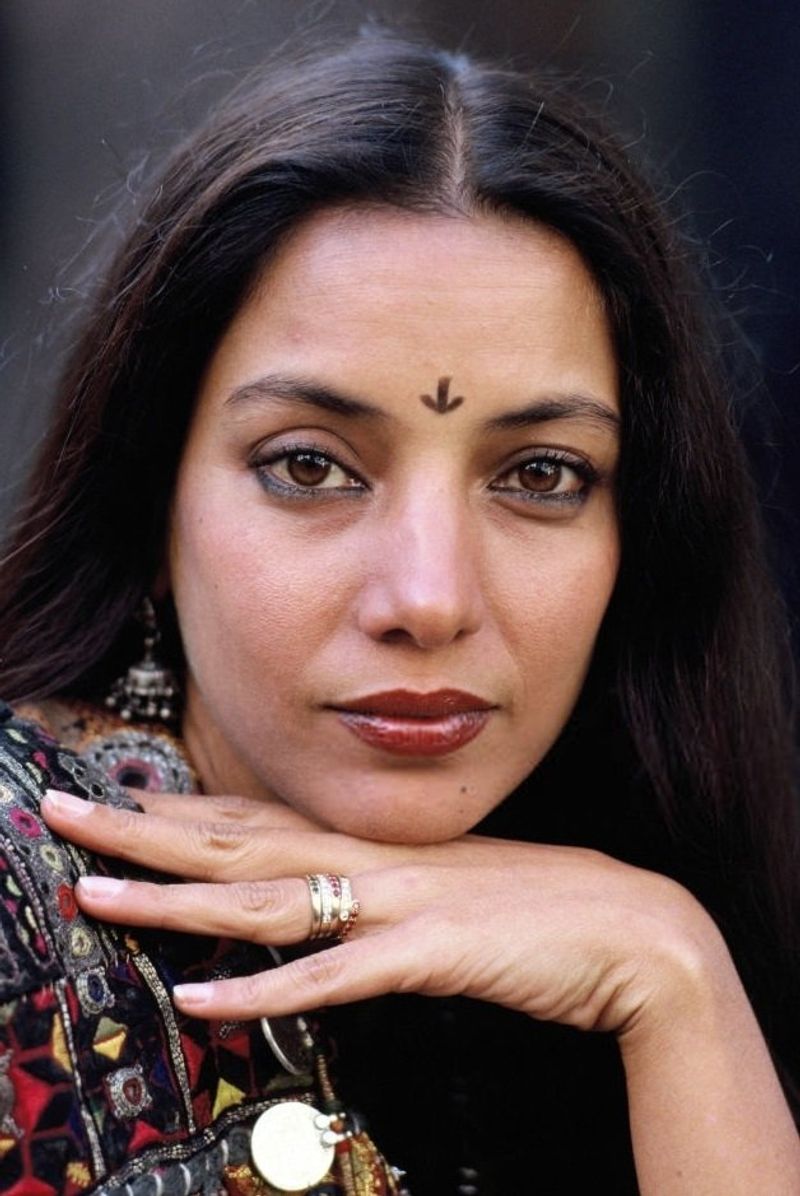
Merging artistic excellence with fierce activism, Shabana Azmi revolutionized Indian cinema through the parallel film movement of the 1970s and 80s. Daughter of renowned poet Kaifi Azmi, she rejected mainstream Bollywood’s song-and-dance formulas for socially conscious roles examining women’s struggles.
Her performance in ‘Ankur’ as a village woman who begins an affair with the landlord brought raw authenticity to Indian screens. In ‘Fire,’ she courageously portrayed a woman in a same-sex relationship at a time when such topics remained taboo in Indian cinema.
Beyond acting, Azmi’s outspoken advocacy for women’s rights, secular values, and HIV/AIDS awareness has sometimes made her controversial in conservative circles. Her willingness to use her platform for social change while maintaining artistic integrity makes her a transformative figure in Asian cinema history.
11. Fan Bingbing
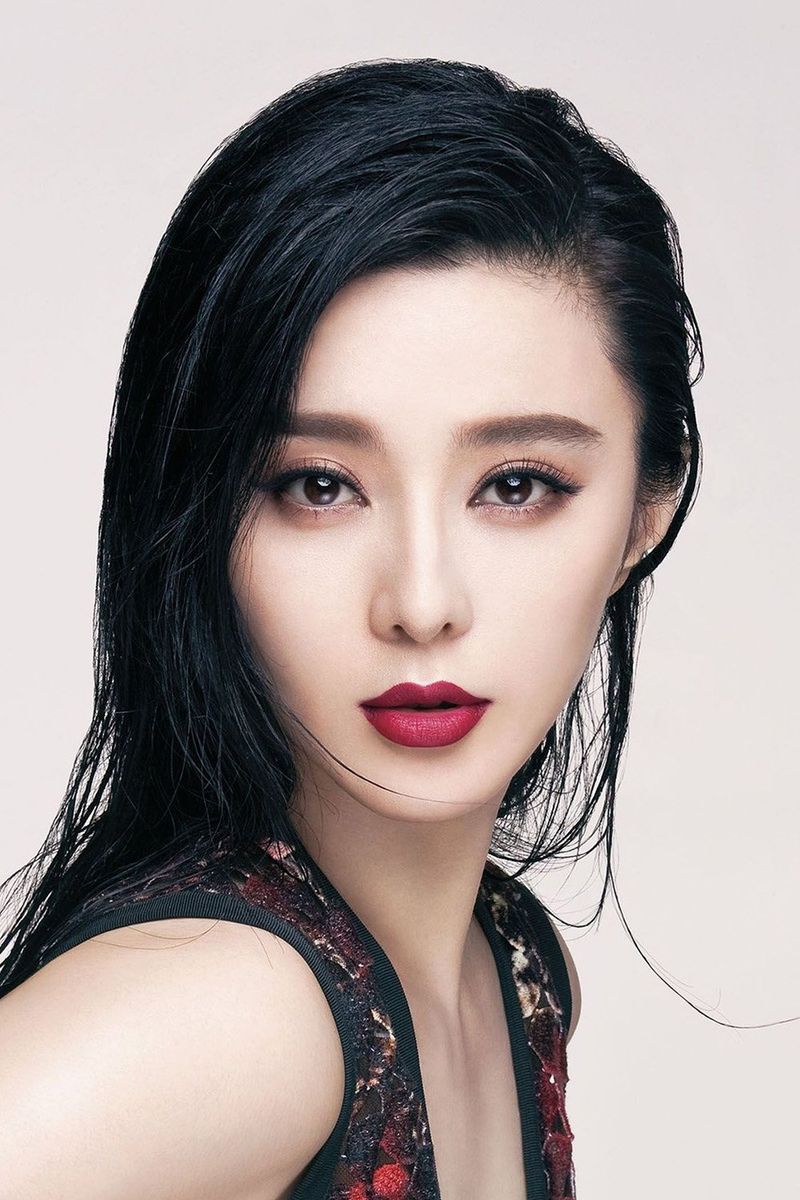
With porcelain features that made her China’s most recognizable film star, Fan Bingbing built an empire extending beyond acting to fashion and beauty. Her international breakthrough came with a small role in ‘X-Men: Days of Future Past,’ introducing Western audiences to a superstar Chinese viewers had admired for years.
Fan’s dramatic range shines in films like ‘I Am Not Madame Bovary,’ where she abandoned glamour to play a peasant woman fighting bureaucracy. Her career took a shocking turn in 2018 when she disappeared from public view for months during a tax evasion investigation, returning with a public apology and massive fine.
This scandal temporarily derailed her meteoric rise but also revealed the precarious position even the biggest stars occupy in China’s entertainment industry. Her gradual return to public life demonstrates resilience that mirrors her most compelling screen characters.
12. Deepika Padukone
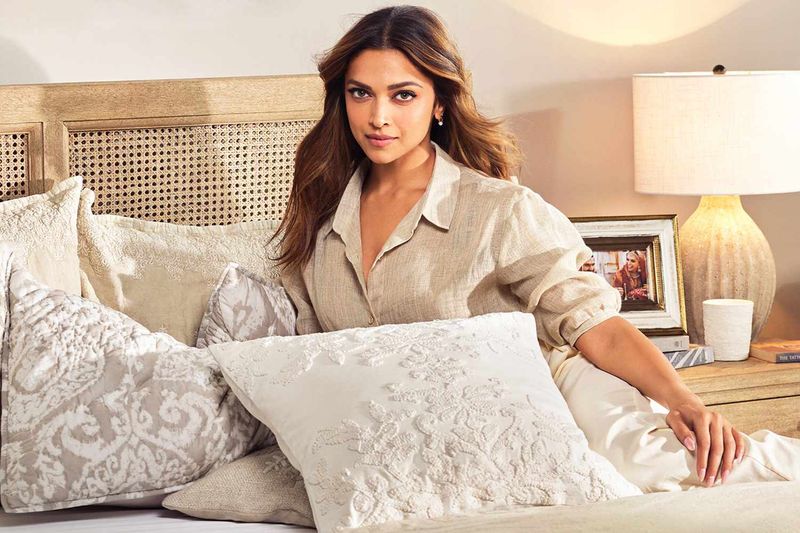
Former national level badminton player turned superstar, Deepika Padukone brings athletic discipline to her craft. Her breakthrough came opposite Shah Rukh Khan in ‘Om Shanti Om,’ where she played dual roles spanning different eras, showcasing her range from the start.
Padukone’s willingness to discuss her personal battle with depression broke taboos in India, where mental health remains stigmatized. This openness reflected in her professional choices too – taking on controversial films like ‘Padmaavat’ despite violent threats from extremist groups.
Her Hollywood debut in ‘XXX: Return of Xander Cage’ positioned her as one of few Indian actresses making genuine inroads internationally. Unlike previous generations who had to choose between Indian and Western careers, Padukone moves fluidly between worlds, representing a new globalized generation of Asian talent who refuse geographical or cultural limitations.
13. Priyanka Chopra Jonas
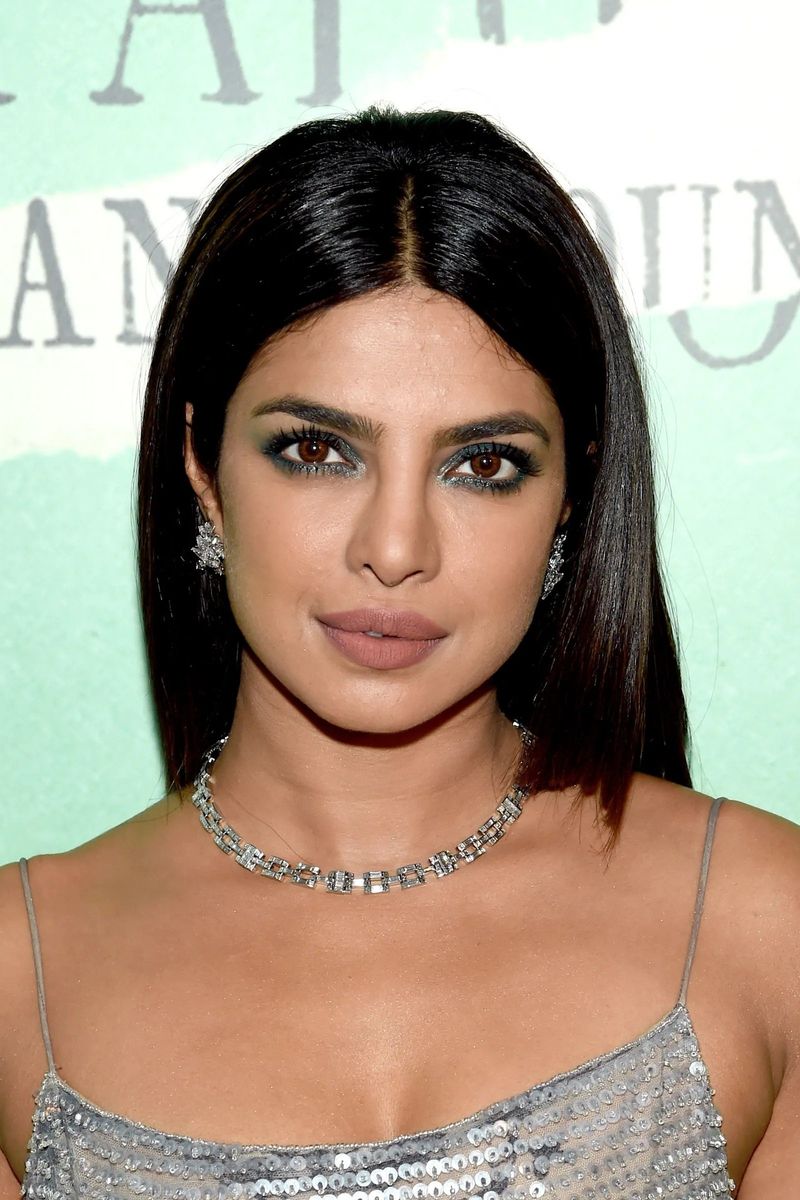
From Miss World to global multimedia powerhouse, Priyanka Chopra Jonas has redefined what Asian actresses can achieve internationally. Her Bollywood career already spanned over 50 films before she became the first South Asian lead in an American network series with ‘Quantico.’
Unlike many crossover attempts, Chopra refused to abandon her Indian career while pursuing Hollywood, maintaining star status in both industries simultaneously. Her production company specifically champions regional Indian cinema and female-focused stories often overlooked by major studios.
Married to American singer Nick Jonas, she navigates multicultural identity with candor, often discussing the racism and stereotyping she’s faced. This outspokenness extends to her UNICEF ambassadorship, where she advocates for children’s rights and education. Her refusal to be pigeonholed makes her a template for Asian actresses seeking global relevance without sacrificing cultural authenticity.
14. Tang Wei
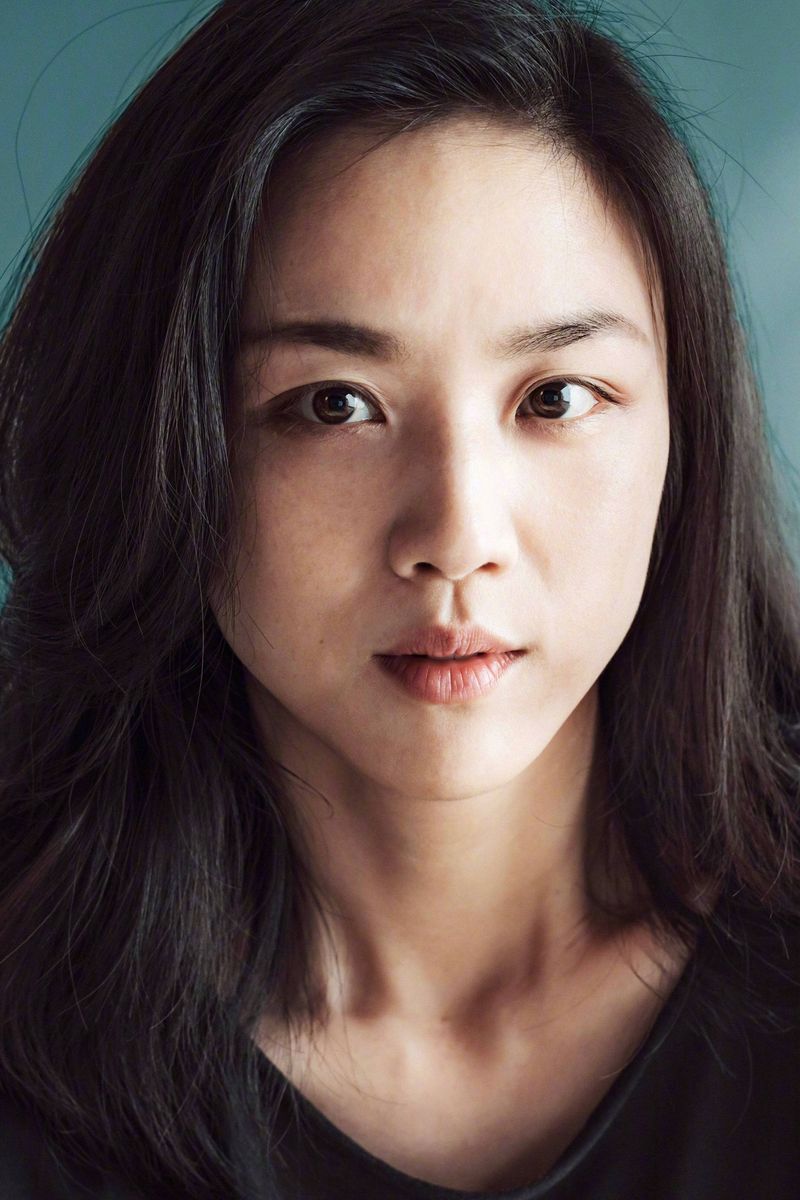
Few actresses have faced such dramatic career swings as Tang Wei. Her explosive debut in Ang Lee’s erotic thriller ‘Lust, Caution’ (2007) announced a fearless new talent willing to take extraordinary risks. The explicit political drama earned critical acclaim worldwide but led to her being unofficially blacklisted in China.
After years of career limbo, Tang reinvented herself in Korean cinema with the acclaimed romance ‘Late Autumn.’ Her triumphant return to Chinese screens came with Wong Kar-wai protégé Xu Haofeng’s ‘The Golden Era,’ playing a revolutionary writer in 1930s China.
Tang’s multilingual abilities (performing in Mandarin, Cantonese, English and Korean) reflect a borderless approach to Asian cinema. Her willingness to disappear into characters rather than cultivate a consistent star image makes each performance feel like a discovery, even as she approaches two decades in film.
15. Rinko Kikuchi

Making Oscar history as the first Japanese actress nominated in 50 years, Rinko Kikuchi’s breakthrough in ‘Babel’ (2006) came despite speaking almost no English at the time. Playing a deaf-mute teenager navigating isolation, she communicated volumes through physicality alone.
Kikuchi’s career choices reflect remarkable versatility. From art house dramas to Hollywood productions like ‘Pacific Rim’ to the surreal Norwegian comedy ‘Norwegian Wood,’ she consistently seeks challenging material over safe choices. Her performance in ‘Kumiko, the Treasure Hunter’ as a woman who believes the movie ‘Fargo’ is real showcases her gift for finding humanity in eccentric characters.
Unlike many Japanese actresses who remain solely in domestic productions, Kikuchi has built a truly international career while maintaining ties to Japanese cinema. Her fearless approach to roles requiring emotional and physical vulnerability marks her as one of Asian cinema’s most adventurous talents.
16. Aishwarya Rai Bachchan
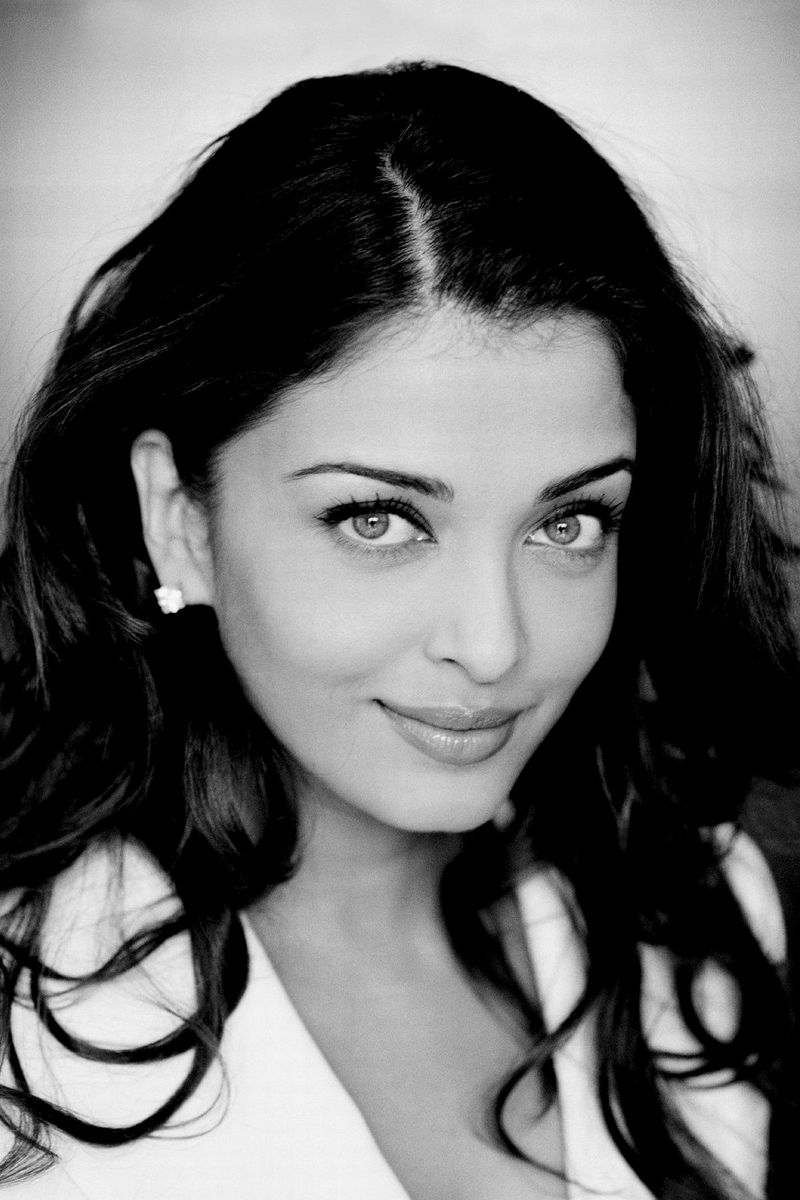
Often called the most beautiful woman in the world, Aishwarya Rai Bachchan transformed from Miss World 1994 to serious actress through sheer determination. Her striking green-blue eyes and classical Indian features made her an obvious choice for glamorous roles, but she consistently sought characters with substance.
Her performance in Sanjay Leela Bhansali’s ‘Hum Dil De Chuke Sanam’ showcased both her classical dance training and emotional range. International audiences discovered her through Gurinder Chadha’s ‘Bride and Prejudice’ and Mira Nair’s ‘The Mistress of Spices,’ though these barely hinted at her capabilities seen in Indian cinema.
Marriage into Bollywood’s most prominent family (the Bachchans) brought intense scrutiny, particularly when she chose to embrace her post-pregnancy body rather than rushing to lose weight. This defiance of industry standards revealed the strength behind the beauty that has defined her three-decade career.
17. Sandra Oh
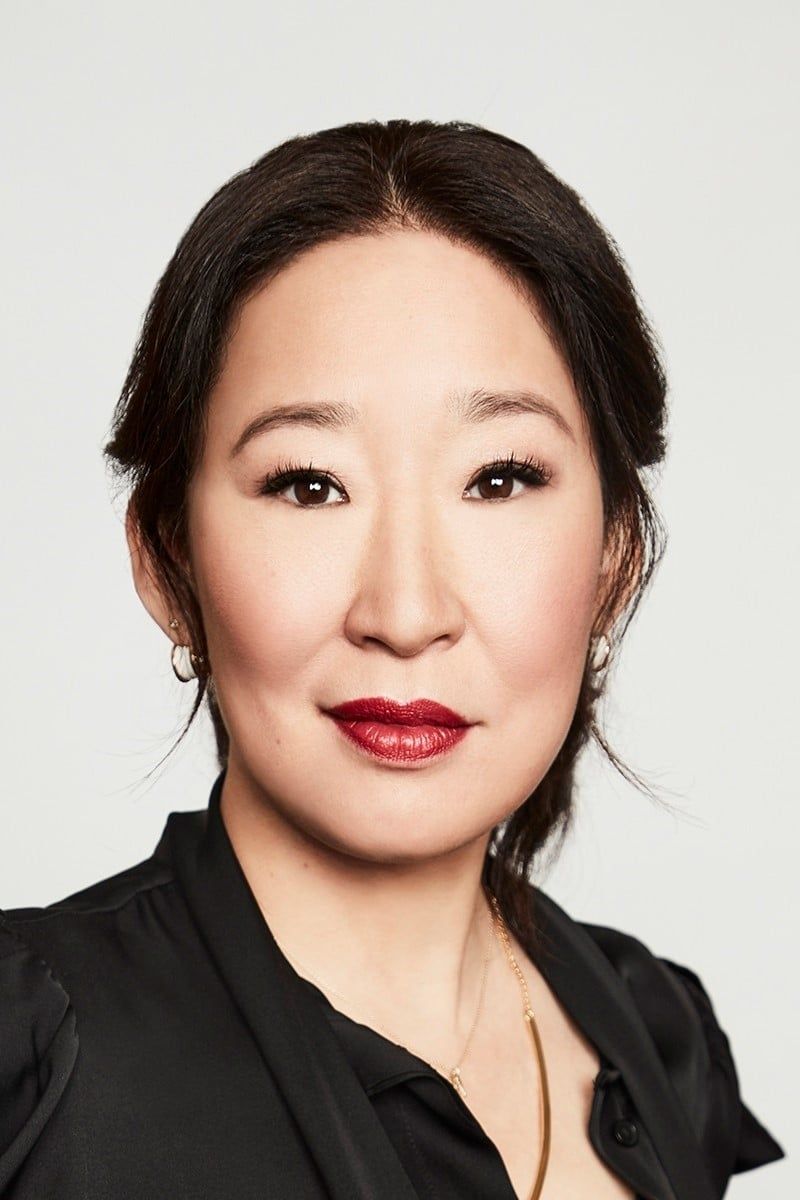
Breaking ground as the first Asian woman to host major awards shows and secure multiple Emmy nominations, Sandra Oh represents the hard-won progress of Asian representation in Western media. Born to Korean immigrants in Canada, she fought typecasting throughout her early career.
Before becoming internationally known through ‘Grey’s Anatomy,’ Oh built a reputation in independent cinema with films like ‘Double Happiness’ and ‘Last Night.’ Her performance in ‘Sideways’ as a wine enthusiast navigating a complicated romance demonstrated her gift for finding humor in painful situations.
Oh’s starring role in ‘Killing Eve’ as an intelligence agent obsessed with a female assassin allowed her to explore complex terrain rarely offered to Asian actresses. Her consistent advocacy for greater diversity extends beyond personal gain to creating systemic change. Each career milestone she achieves redefines possibilities for the next generation of Asian talent in Western entertainment.

Comments
Loading…